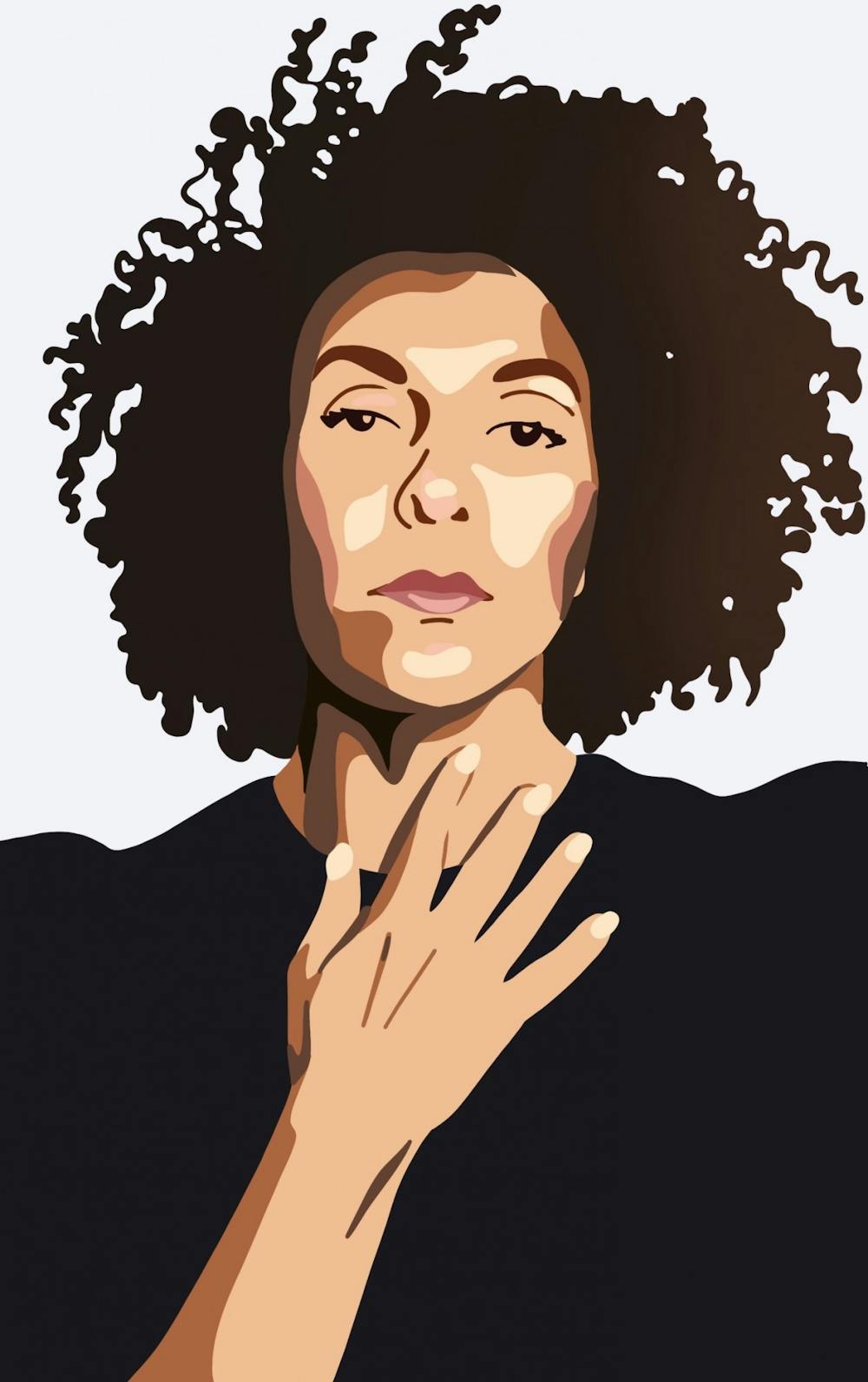Maya Taylor is an accomplished and sought-after dancer and choreographer with a career that most artists in her field dream of. Although her resume is quite impressive, what is most magical about Taylor’s work is her unique contemporary style and the creative movement vocabulary she has established through her choreography.
Last week, Taylor worked with the dance program under the Department of Drama at the University. As part of her time at the University through a week-long residency, she held a virtual Artist Talk on Friday for dancers and non-dancers alike that preceded two days of masterclasses. At the talk, she was introduced by Kim Brooks Mata, the head of the dance program at the University, and began her talk by discussing how her career in dance developed.
Taylor grew up in Omaha, Nebraska, where she was trained primarily in ballet. She then went to the Ailey School in New York City and began doing commercial work. Eventually, Taylor moved back to Nebraska where she started choreographing and caught what she referred to as the “choreography bug.” She developed her skills and style before settling down in New Orleans where she now concentrates on both commercial and concert work. Taylor has been able to worked with artists like OneRepublic, Arcade Fire, SZA, and Solange Knowles and has worked on many other TV, movie, music video and commercial projects.
Throughout her career, Taylor focused on developing and evolving her choreography and creative voice. She started with concert dance choreography. She has a deep love for contemporary and modern dance, but she was forced to retrain and adapt to the more commercial styles—like jazz and hip hop—when she began her commercial choreography around 2016.
Taylor also compared her views on concert dance—which is more artistic and performed in theaters — and commercial dance — which is entertainment-based and focuses on dance in productions like film and television.
In the concert dance world, Taylor said that one has “more agency and you do have more freedom” to create their own works, but she loves “the challenge of adding my creative voice” to commercial works. She explained how her creations for concert dance are always more serious as this choreography can focus on artistry and less about the entertainment factor. She also felt as though she had to impress her instructors and peers but, simultaneously, she felt more freedom to create based on her own style. On the other hand, commercial work allowed less room for creativity as she was hired to create a specific vision, but she confronted this limit as a challenge to create something that matched the vision of both the director and herself.
When the floor opened up to questions, Taylor described her emotions before COVID-19 to put the pandemic in context. She explained how she was always prepared for the physical and technical side of dance as an occupation but did not anticipate the mental side of the industry. Dealing with the anxiety of auditions and working multiple jobs for financial stability was something she confronted early on, but when the pandemic hit, her thoughts shifted to the anxiety of not knowing when she’d be able to dance again. She explains that even though commercial dance is starting to regain momentum, unfortunately, dance is going to be slow coming back because it requires so many bodies on set.
In the time of COVID-19, however, Taylor finds she has to “inspire even more” than she has when she’s in a real space.
“We have to remind ourselves why we are doing this,” Taylor said. “We need each other to do this.”
With the restrictions caused by the pandemic, Taylor along with other choreographers — and the rest of the world — have turned to Zoom for virtual classes and rehearsals. As part of her residency with the Dance Program, Taylor held two virtual masterclasses over the weekend. In the classes, she focused on a variety of improvisation and choreographic techniques.
One of these techniques focused on breath, both in warm-up and in choreography. Using breath allows movement to flow more naturally throughout the body.
Another technique challenged the traditional training of most dancers. She focused on ways to change and develop the basic movements dancers learn early on, like pliés and tendus. Finally, she emphasized the importance of articulating every movement in both choreography and improvisation.
Taylor’s choreographic phrase continued these themes. She gave the dancers different prompts and challenged them to change the dynamics of the choreography — playing with minuscule, medium and large movements. The class discussed these changing dynamics and found that larger movement allowed more freedom and smaller movement required more stylistic choices. Comprehensively, the masterclasses highlighted a sense of self-awareness that is required of dancers in both the class setting and professional setting.
“Take notice of what your body can and can’t do,” Taylor said.
Overall, Maya Taylor shared her experiences and creativity in an interactive way. She has found her own path in the dance industry by developing her own choreographic style and now collaborates — even if through Zoom — with various dancers and creators. She described how thankful she is that people have watched her work and want to see it combined with theirs. But throughout her experience, she learned that it’s the dancer’s story that really matters.
“I never want a dancer to feel like they have to diminish their personality,” Taylor said. “It’s their story to tell.”







